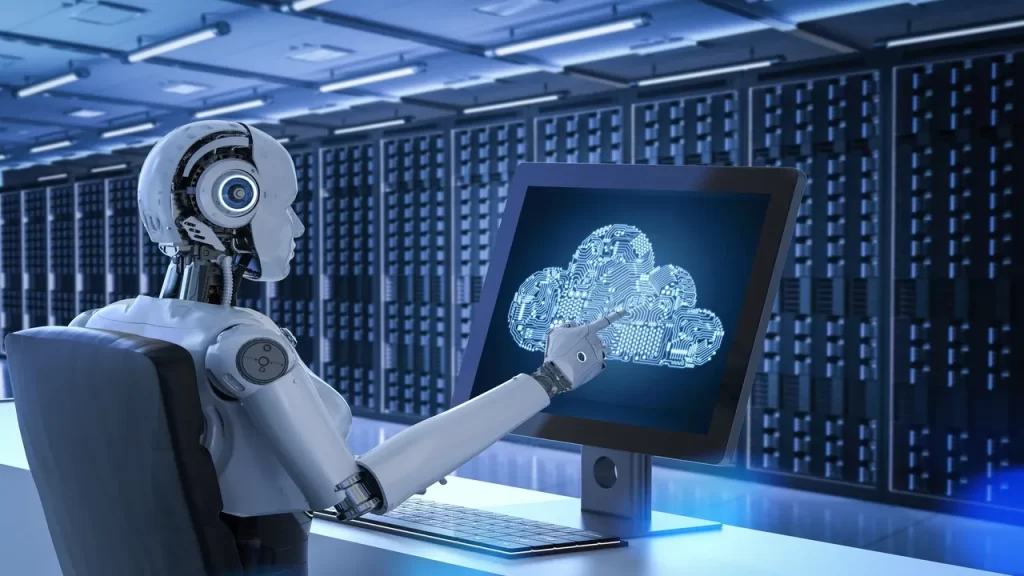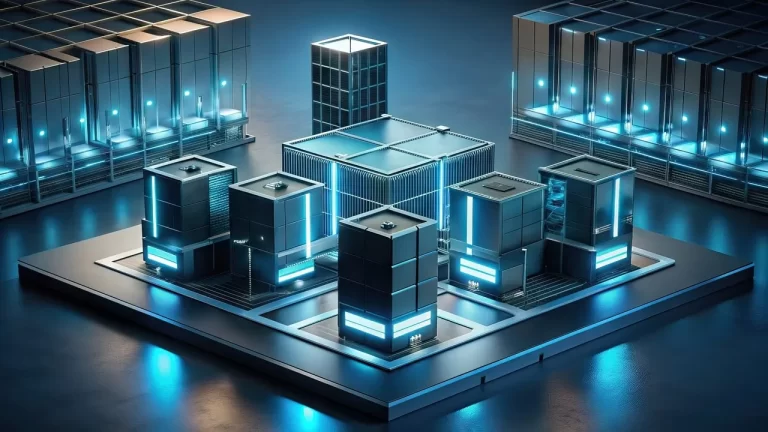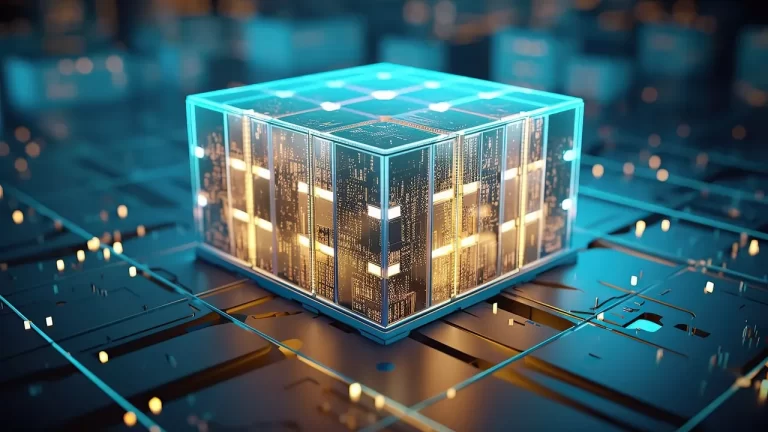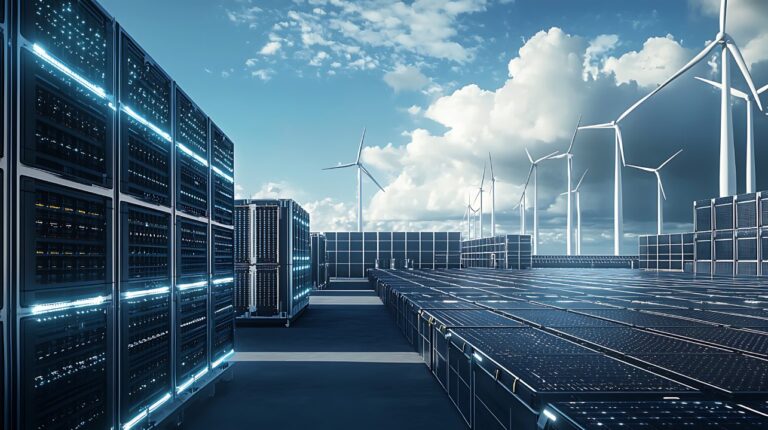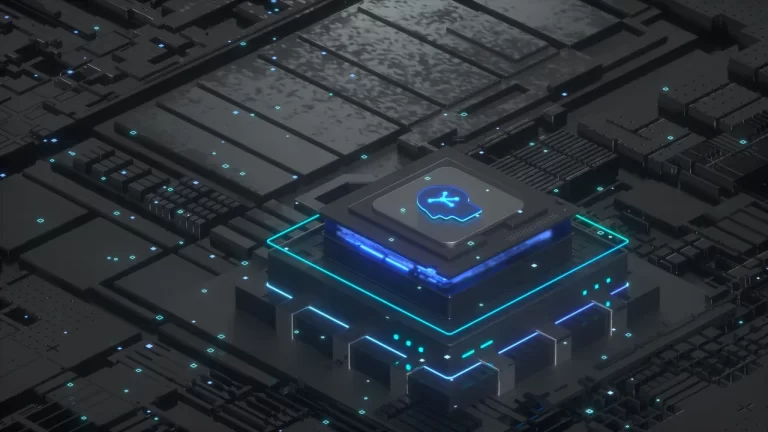With the involvement of artificial intelligence across both the business and consumer verticals and across industries such as healthcare, finance, mobility, and automotive data center needs have been significantly transformed. The requirements of AI workloads are quite different from traditional applications; they require high computational performance, fast I/O access, and energy efficiency at the same time, which has put pressure on infrastructure designers to architect and operate data centers in a new way.
Why is optimization critical? If an appropriate environment is not created, then this training can take an extremely long time, consume excessive power, and have unpredictable crashes. To address the need for accelerating the pace of innovation while increasing efficiency and availability, data centers must become AI-first on every level.
What Makes AI Workloads Unique?
Conventional computation, then, is not just the kind that is more intensified — it is different. AI does not depend on CPU-based computation but rather employs environmental parallelism along with GPUs (graphics processing units), TPUs (tensor processing units), and sometimes ASICs (application-specific integrated circuits) to analyze millions of operations at once. This change requires data centers ready for high calculation rates and low-latency processing on an immense scale.
Where does the pressure intensify? Datasets required for the training of AI models cannot be small, and they are often referred to as petabytes. Therefore, this volume should have ultra-fast storage systems and fast and reliable connections on the network. Some specialists state that machine learning is the new generation, but a classical architecture cannot handle the I/O operations and high timeliness AI applications need.
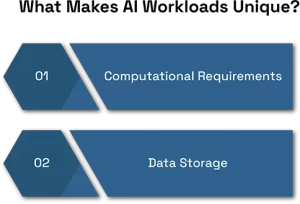
Why Power and Cooling Matter More Than Ever
GPUs and TPUs, which are utilized in AI accelerators, pose more power demands compared to standard servers and, therefore, the formation of power hot spots within the racks. This makes power delivery and thermal management the two big issues when it comes to data center operations. Failure to do so leads to direct effects involving matters such as overheating, the deterioration of components, and the shortening of the useful spans of key components and the overall hardware.
How can facilities cope? Sophisticated coolants—direct injection liquid coolers or liquid immersion systems—are also now required. Conventional air cooling is unable to cool the high-density heat loads of the AI clusters; therefore, an advanced cooling system is one of the essential investments for AI installations.
How Latency Shapes AI Success
The training of an AI model is highly inappropriate for any delays. Through achieving low latency in interconnectivity between compute nodes and storage arrays, training can be made faster and the model becomes more accurate. Packet loss or network jitter can be very detrimental to the AI processing time and thus completely disrupt the performance of even corporate data centers.
Which technologies are basic? Among such connection types, high-speed Ethernet, specifically 400G, as well as InfiniBand, are considered to be the most efficient when it comes to low latency and high throughput networks connecting thousands of processing cores without excessive delay.
The Key Strategies for Optimizing Data Centers for AI
These have changed the way data centers are required to perform by advanced industries, which are now demanding abundant computation with high IOPS, bandwidth, and efficient energy consumption. Unlike traditional applications, AI workloads rely on parallelism through GPUs, TPUs, and custom ASICs, thus putting a lot of pressure on data centers to achieve high performance and low latency. When not optimized, the training models take more time to complete, cost more, or, at worst, experience downtimes; hence the need for any facility to integrate AI with its design.
It is now beginning to be a concern as AI accelerators produce a significantly higher amount of heat compared to conventional servers and networking equipment. The increase in heat burden calls on efficacious novel cooling methods such as direct-to-chip liquid cooling and submerged systems. Besides cooling, the other critical segment for fast and efficient storage and compute layer interconnects includes 400G Ethernet and InfiniBand to enhance data communication between compute layers and deliver good performance in AI training.
Another good area is storage: NVMe and SSDs play a vitally important role in a data center with AI loads that need fast write-read cycles. RAID techniques, using flash cache, and better file systems help in achieving the right blend of storage performance and cost, along with proper management of data. While HPC principles and other distributed computing platforms such as TensorFlow and PyTorch divide a problem into many parts and solve each of them separately, and on multiple machines at that, to make sure that the prevailing resource is not squandered in use by minimizing energy utilization.
In the further development of the AI-READY data centers, the movement is in the direction of modularity, sustainability, and intelligence. Self-scheduling helps particular ties in the chain run smoothly, and when cheaper predictive maintenance lowers complexity, those that start implementing it early on, with an AI-optimized design, shall be better placed. Developing modern intelligent environments and effective data centers now guarantees the organization will be prepared for the next big technological breakthroughs.
The Future of AI-Ready Data Centers
The path forward is to highly integrated, extremely packed, and green infrastructure optimized for artificial intelligence. Nowadays, there are such trends as edge computing, which disseminates the AI processing closer to the source of data to decrease latency and bandwidth consumption. It has become apparent that sustainability is now in vogue, and anything as simple as green energy-powered liquid cooling and/or carbon-neutral solutions is quickly becoming a means of competitiveness.
Why must companies invest now? With the advancement in AI models, it tells us that only data centers that emphasize performance, capabilities, and energy utilization will succeed. As for me, the creation of an AI-ready infrastructure today means the definition of what it takes to meet the enormous demand for the technology tomorrow.
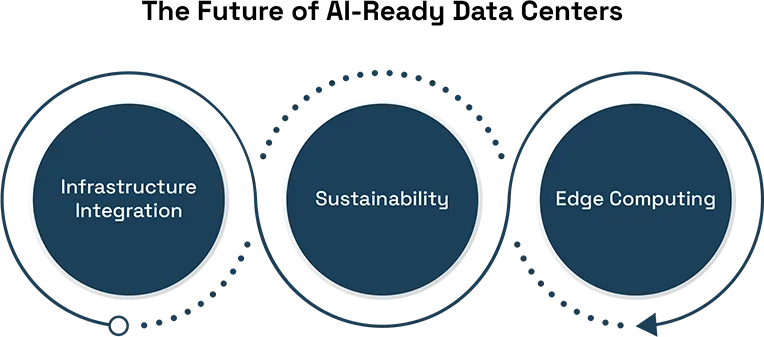
Conclusion: Laying the Groundwork for an AI-Driven Future
AI is quickly becoming a requirement rather than a valuable addition in the data center, as the optimization of workloads is in high demand. From choosing an HPC architecture and inventing efficient cooling systems to optimizing the networks and storing data, nothing is left to change so as to meet the rigorous needs of AI.
The work of bringing the deployed AI-based solutions to high performance does not stop there, as continuous improvement and incorporation of the tools will form the next generation of data centers. For organizations willing to adapt and jump into the era of AI, the opportunity to seize the lead position has never been stronger.

